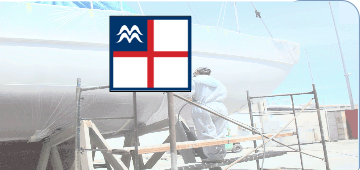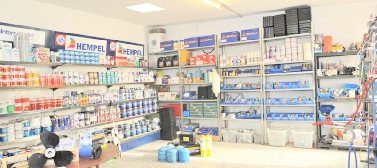









Sailmaker









36° 41’ 48” N 002° 47’ 48” W
Almerimar Marine Services S.c.
Professional Boatyard-Service in the Heart of the Costa del Sol
Email: info@almerimarmarine.com
Tel: +34 617 236 563 / 619992520
Osmosis on fiberglass boats is the process of hydrolysis, which creates the water soluble corrosive products which in turn create the familiar cavities.
Once the cavities have formed, then excess water will enter. This process may normally be slow, but the presence of free acids or alkalis will greatly accelerate it.
The first point to note is that it is the phthallic acid, formed in the process of hydrolysis of polyester resin, which causes the chain reaction and subsequent laminate damage, not the water.
Water will react with PVA binders in the laminate, reducing them to acetic acid. This gives the strong smell of vinegar when blisters are burst.
Osmosis blisters are not only a cosmetic problem. They are the visible sign that the hydrolysis of the polyester has affected at least one laminate layer. By the time the first blister shows, hydrolysed alkali products will have reduced the bond between fiberglass and polyester deep in the laminate below the water line! This in turn, will have caused a high loss of structural strength on your hull which no “dry and shield” treatment can restore. Without a proper treatment large parts of the laminate layers will sooner or later have larger areas of polyester hydrolysed with only soft wet fibreglass left.
Osmosis on boats



